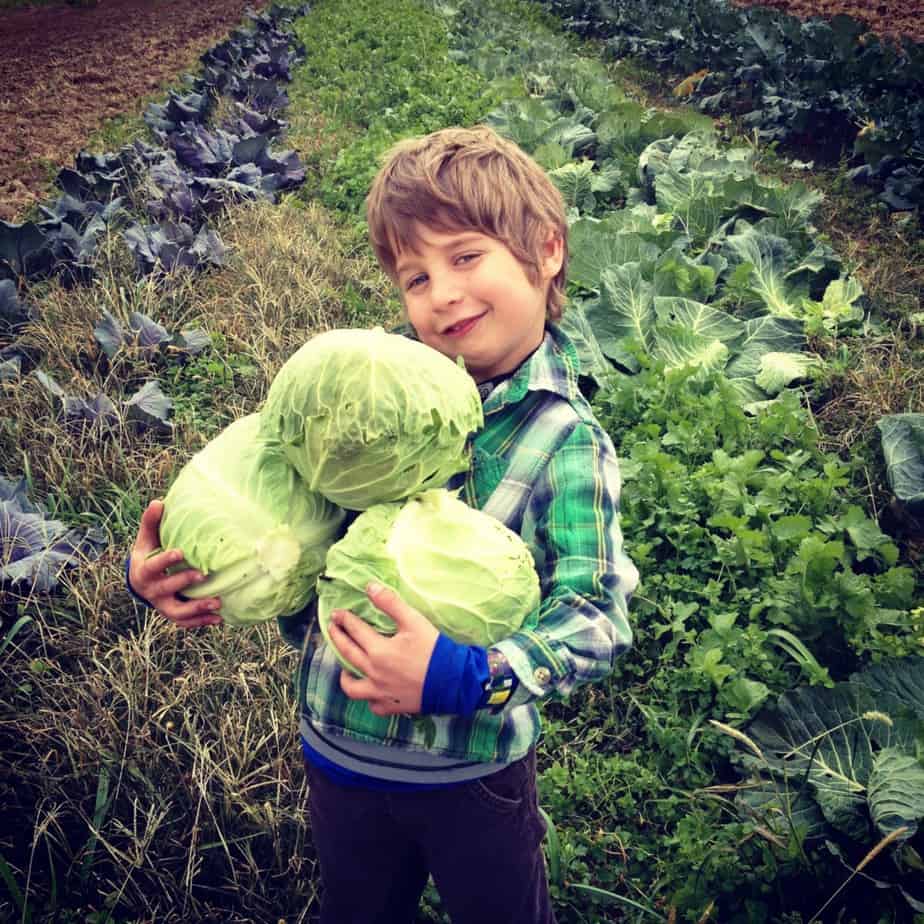Here’s some recipes to help you get started with the basics of fermentation.
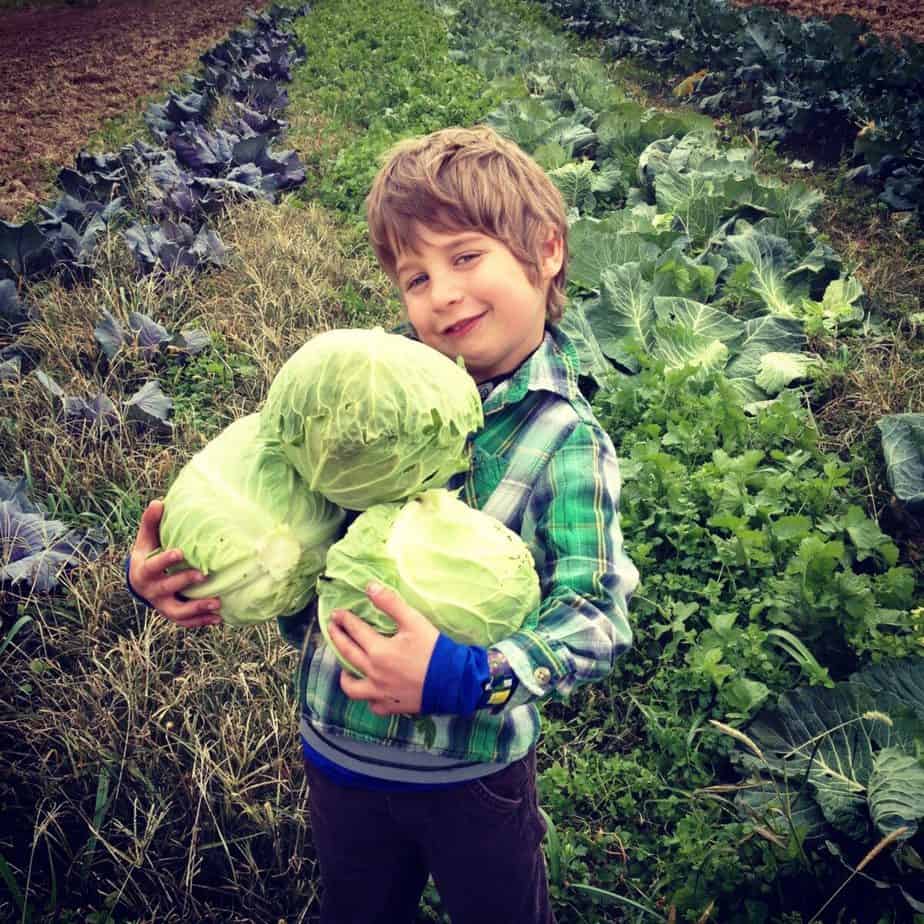
The following is an excerpt from my book, Grow Create Inspire.
Sauerkraut in Mason Jars
(Adapted from recipe by Emma Christensen of Kitchn)
3 large heads of green cabbage
4 tablespoons sea salt or kosher salt
1 tablespoon freshly cracked black pepper
4 tablespoons caraway seeds
2 dried cayenne peppers, seeds removed and cut into strips with a scissors (optional)
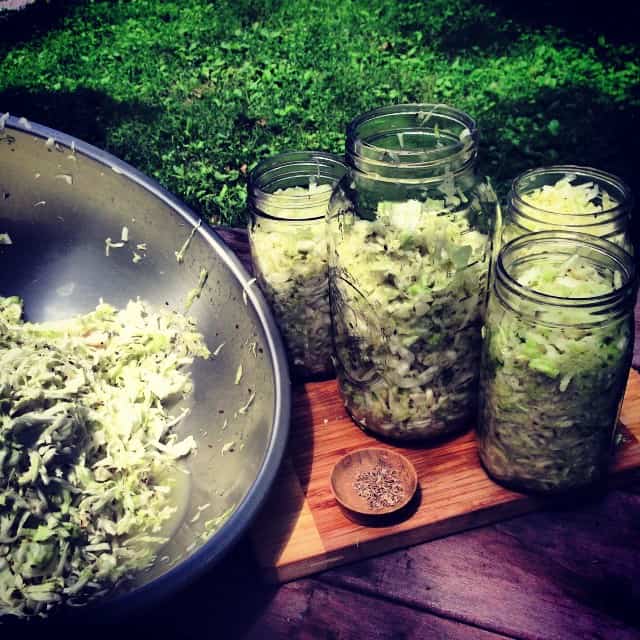
Have the following on hand before you begin:
Large cutting board
Large sharp knife (I find a nice large serrated knife works best for cutting thin strips of cabbage)
A giant mixing bowl
Measuring spoons/measuring cup
Canning funnel
6 large sterilized one-quart wide-mouth Mason jars and plastic lids
Muslin or butter muslin cheesecloth
6 large rubber bands
6 sterilized jelly jars that can fit into a wide-mouth Mason jar
A bag of marbles (used to keep the cabbage beneath its own juices)
Wash everything you will be using very well. Sterilize jars. Cut the ends off the heads of cabbage. Slice very thin and place it in the large bowl. Add the salt evenly over it and mix by hand for at least 8 minutes. The desired result is slightly wilted and juicy cabbage in a fair amount of liquid.
Put the cabbage into the Mason jars using the canning funnel, about ¾ full. Evenly pour the remaining liquid from the mixing bowl into each jar. Place a folded cabbage leaf over the surface of the shredded cabbage. It should be completely immersed in its own liquid.
Divide the marbles equally between the six jelly jars. Place them inside of each of the jars with cabbage. Use a wooden spoon to press the jelly jar down firmly, watching the liquid level rise.
Cut muslin or cheesecloth into 6 squares (4”x4”) , cover the jars and secure with a rubber band.
Over the next few days, every couple of hours, or whenever you remember, press the smaller jar firmly down, allowing the juices to rise above the cabbage.
If the liquid levels are not above the cabbage after two days, mix 1 tablespoon of salt with 1 cup of distilled water and pour it into each Mason jar, making sure the liquid covers the cabbage.
Ferment the cabbage for 7–12 days, keeping it out of direct sunlight and at a temperature that is between 60 and 75°F.
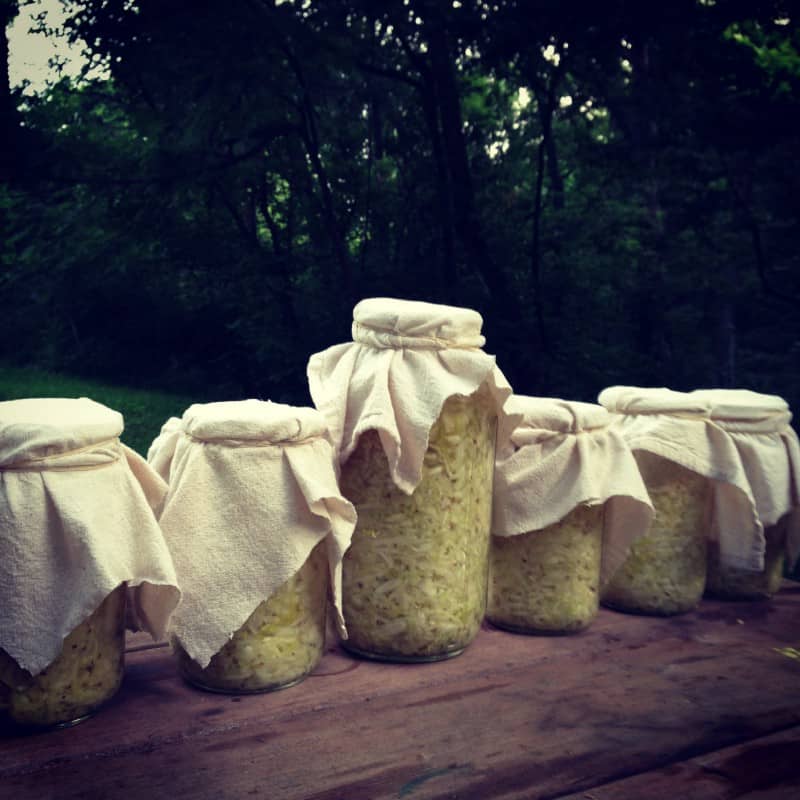
Check to make sure the liquid level stays above the cabbage. This is very important for fermentation and preventing slime mold. Once fermentation has occurred to your desired taste, remove smaller jars of marbles and the large folded leaves. Transfer the sauerkraut to smaller containers and add the plastic caps. Refrigerate and enjoy. Use within 4–6 months.
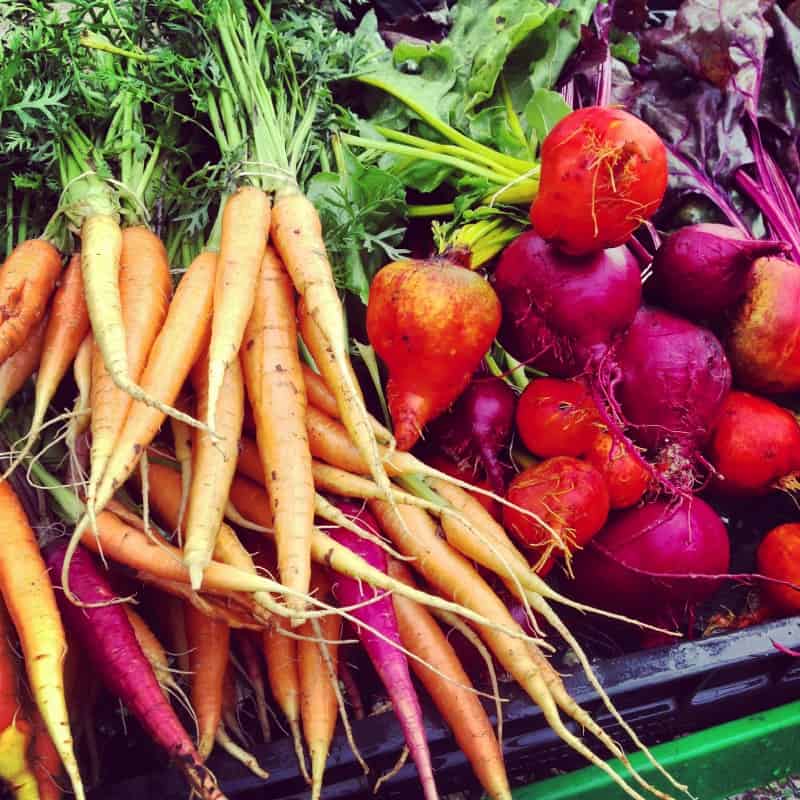
Lactofermentation
Lacto-fermentation is the process of fermenting veggies in lactic acid-forming bacteria that are beneficial to the body and help build the immune system.
Preserved Veggies in Brine
Sterilize Mason jars.
Chop veggies and herbs of your choice and add to jars.
Dissolve 1½ tablespoons of Celtic sea salt in 2 cups of purified water.
Pour the brine over your chopped veggies in the jars.
Leave ½ inch of space at the top. Put a cabbage leaf on top to help with the fermentation process.
Cover with a plastic lid.
Leave on the counter for 1 week.
Remove cabbage leaf and refridgerate for up to 2 months. Be sure to label.
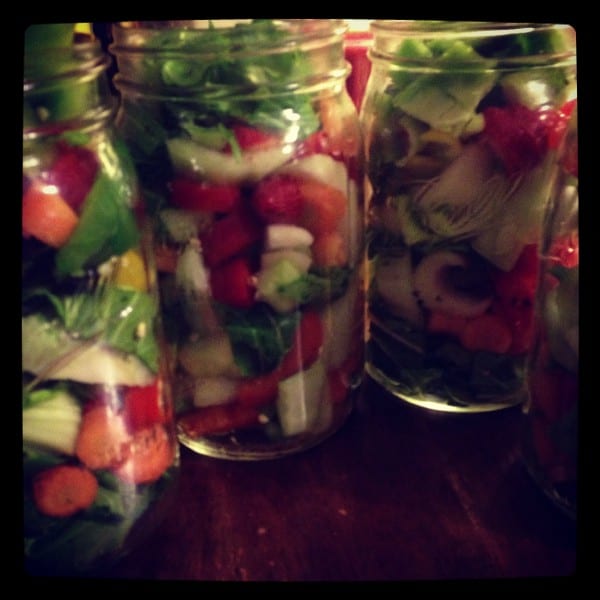
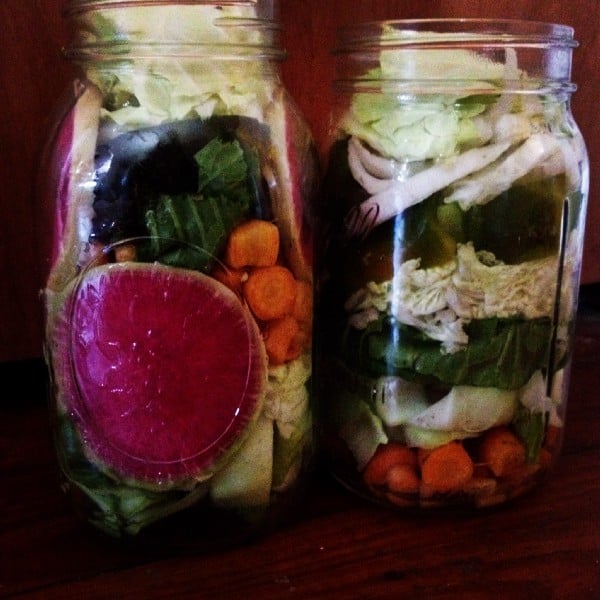
Integrating Probiotics into Your Kids’ Diet
Add kefir grains to juice (kefir grains eat the sugar and leave behind bubbles)
Make homemade ketchup using tomatoes and dates. Add probiotics to it and let it sit on the counter for two days. Probiotics from whey eat all of the sugar.
Let them help you make lacto-fermented vegetables
Allow them to choose their favorite vegetables to add to the jars
Use organic sourdough bread
Raw organic cheese Probiotic pickles
Cultured carrots
Smoothies with kefir
Cultured fruits and fruit leathers Cultured applesauce
Kombucha in small amounts Probiotic supplements Homemade probiotic yogurt
Raw Power Foods
Incorporating plenty of raw fresh organically grown fruits and vegetables into your diet is essential for optimal health! They are loaded with vital nutrients; packed full of vitamins and minerals; contain chlorophyll, probiotics, digestive enzymes and antioxidants; and are an excellent source of fiber.

